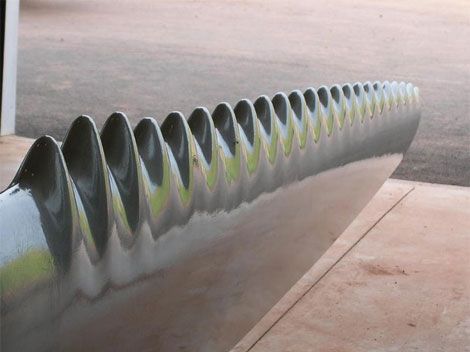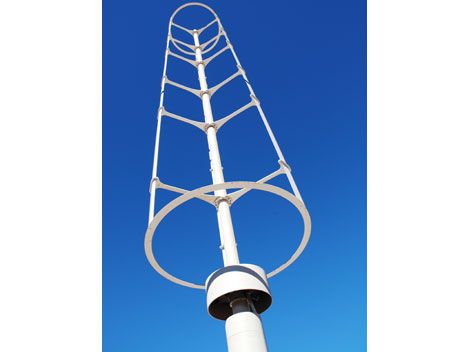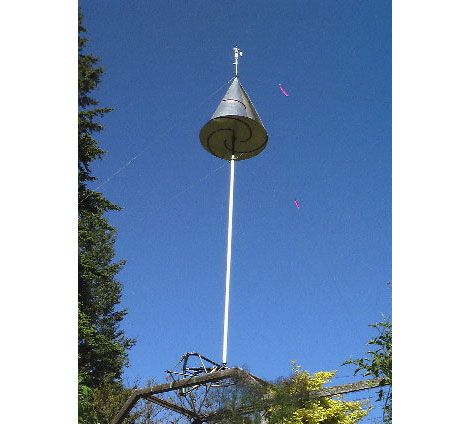Wind turbines have proven to be one of the most efficient energy sources among most used renewables. As an example, the US is predicted to generate 20 percent of all their electricity from wind energy while Denmark already covers almost half of its power needs with the wind.
Wind farms are widespread around the world, and are especially popular in windy areas such as the US, north of Europe and South Africa where wind generators demonstrate the greatest output compared to other regions.
Developers and energy managers consider their land particular specifics before they choose the right wind turbine design for their wind conditions. Thus, there are horizontal and vertical axis wind turbines, with multiple variations in each type.
Besides the demand for efficacy, they have to keep in mind the wind turbine’s impact on wildlife, surrounding buildings, and aesthetic qualities, or appearance, that it adds to the area.
As a result, these demands encourage energetics engineers to imply all their knowledge and boast off their most capricious ideas.
Here are five wind turbine designs that took off to real life hand in hand with efficiency and surprising looks.
1. WTW-55

Wind turbine WTW-55 from Estonia-based wind turbine manufacturer Tbhawt Manufacturing can be described as three two-bladed towers.
It is a small horizontal-axis wind turbine and it best suits mid- and small energy producers and can be used over a much smaller area compared to big wind turbines.
What makes it special is the use of a modified Darrieus wind turbine design – the WTW-55 wind turbine has no mechanical spinning axis. Energy is generated by pliable blades that change their form during the centrifugal rotation in the wind.
A remarkable advantage of the wind turbine is the low starting speed of incredible 3.5 meters per second which makes it stand out from other small wind turbines due to its high performance.
2. WhalePower

The WhalePower Company added ridges to the traditionally smooth blades of a horizontal axis wind turbine, just like fins of a humpback whale.
The company has applied the humpback whale fin’s effect – the whale uses its fins for greater lift in the water. The tubercles preclude stalling enabling more intense fin tilts. Similarly, the developed blade allows for greater efficiency avoiding stalling or drag.
The developers expect that the wind turbine would show its best quality in low winds as the ridges would be able to catch more wind and stimulate the blades to rotate more actively.
3. Windspire

A vertical-axis wind turbine by Windspire is similar to the Quiet Revolution and can survive winds up to 105 miles per hour.
The wind turbine has no propeller in the rotor; the power is generated through the rotation of vertical airfoils.
Vertical axis wind turbines perform best in rural and suburban areas. The wind turbine by Windspire is installed in homes, schools and single properties.
4. Mageen Air Rotor System

The Mageen Air Rotor System, or simply MARS, was designed as a high-altitude horizontal-axis wind turbine that can be tethered on the altitude up to a thousand feet up in the air.
Seeming more like a cocoon rather than a wind turbine, MARS stays afloat thanks to its airship-like body filled with helium.
The wind hits fins of the wind turbine along the side making the wind turbine rotate around the horizontal axis. As a result, electricity is generated and transmitted down the power line.
MARS design is expected to work well in off-shore drilling stations, islands, and mining sites.
5. Spiral Drag Wind Turbine

The Spiral Drag wind turbine is designed as an involute spiral and utilizes the drag propulsion effect to make the wind turbine blade rotate spirally.
Aluminum vanes are used in the turbine allowing the structure to capture the high winds. This sci-fi looking wind turbine is yet being tested however it promises to be quite effective for rural areas.
